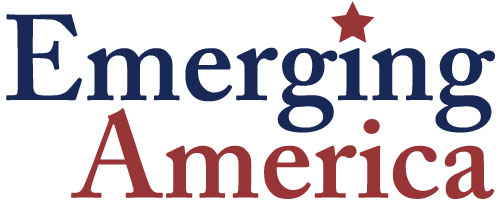How to empower students by participating in IEP and 504 team meetings
By Laurel Peltier, Collaborative for Educational Services
Emerging America has benefitted at key moments from Laurel's deep experience as a teacher and leader in support of students with disabilities. We are pleased to add her insights on ways that History and Civics teachers can support IEP and 504 teams to the Accessing Inquiry clearinghouse of resources.

